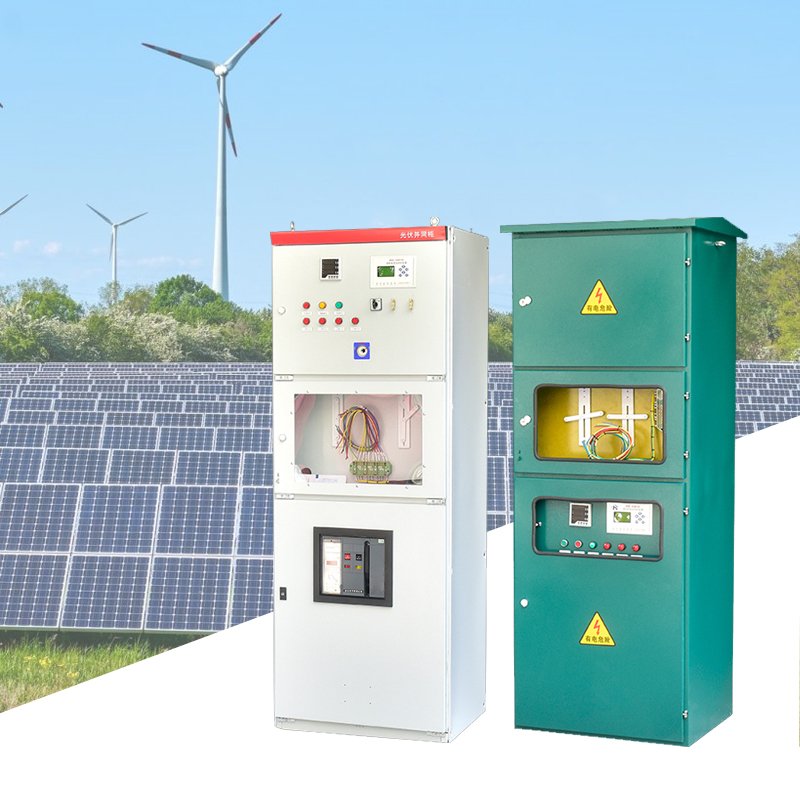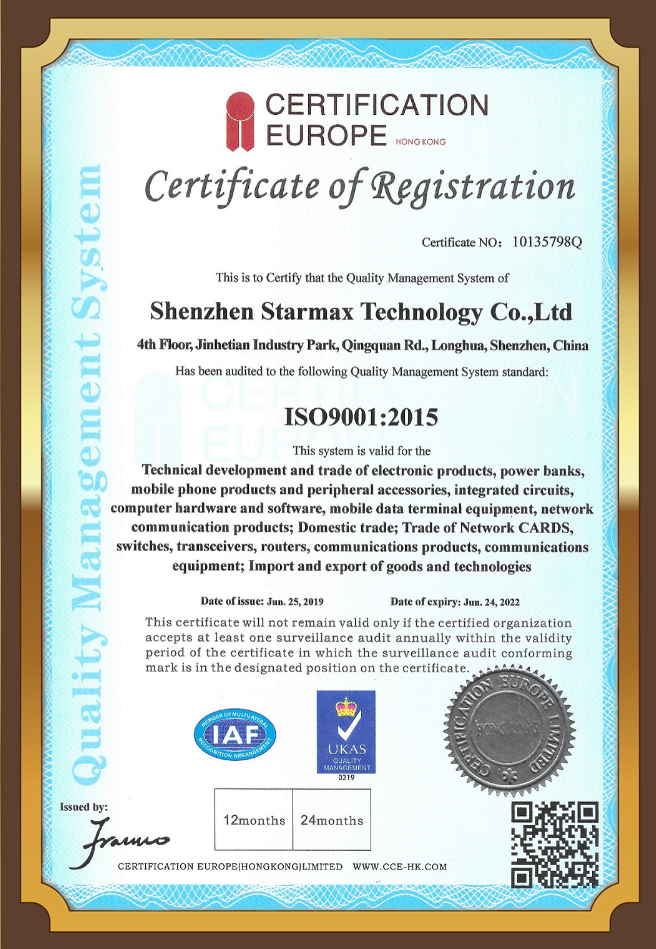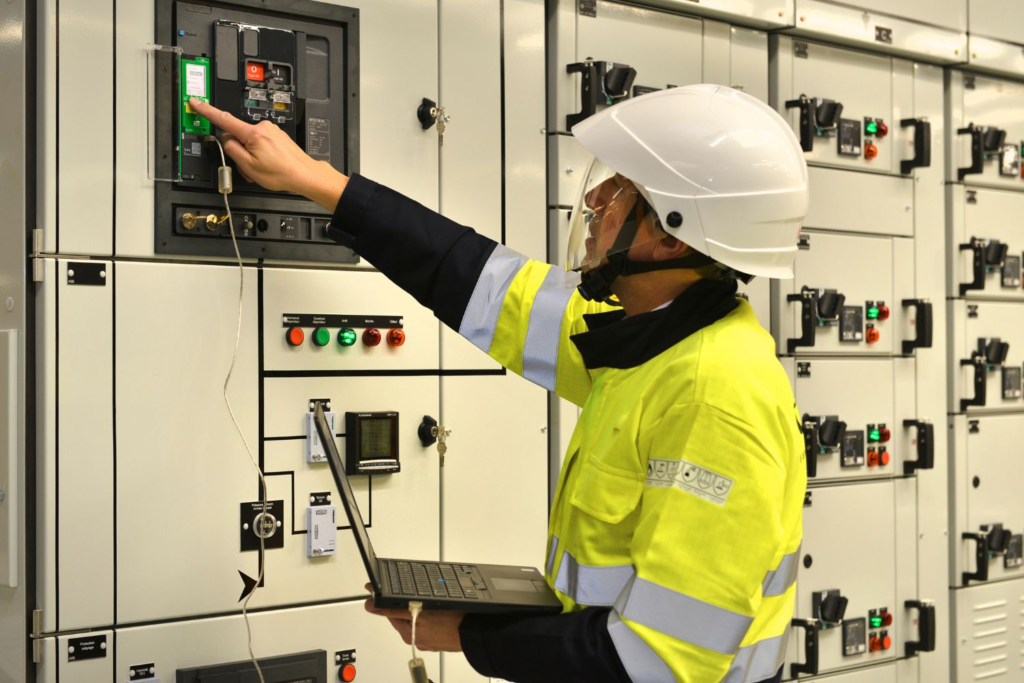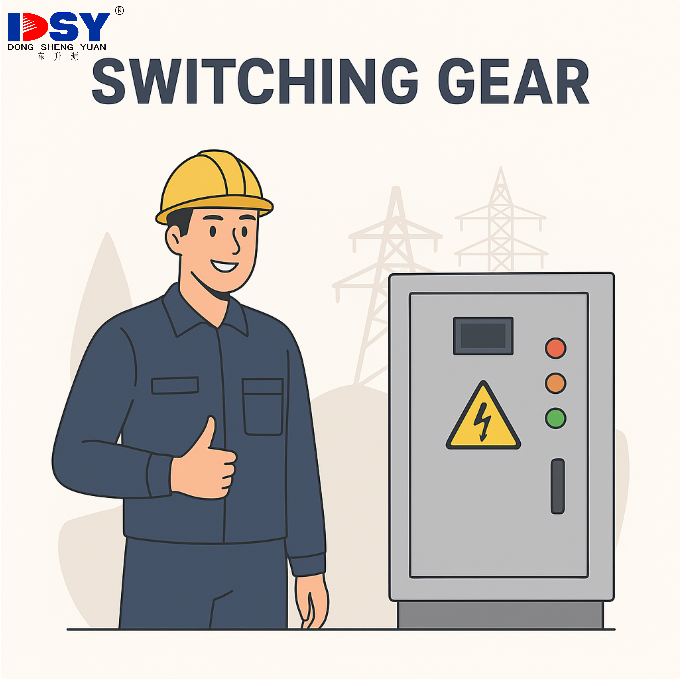Photovoltaic Grid Cabinet: Smart Choice for Solar Grid Projects
Introduction: Why Photovoltaic Grid Cabinet Choice Matters
For procurement managers and project teams working on solar power systems, choosing the right photovoltaic grid cabinet is a high-stakes decision. A poor choice can result in failed inspections, delayed connections, and unexpected retrofit costs. On the other hand, selecting a compliant, well-integrated cabinet ensures smooth grid approval, project efficiency, and long-term operational reliability.
This guide is designed to help professionals like you avoid common pitfalls, understand the key specifications, and confidently select a photovoltaic grid cabinet that meets both technical and commercial requirements.
Key Components & Selection Tips
What Is a Photovoltaic Grid Cabinet and Why It Matters
A photovoltaic grid cabinet serves as the key interface between your inverter system and the utility grid. It combines protection devices, monitoring instruments, surge suppressors, and communication ports—all crucial for safe, code-compliant grid interconnection.

Procurement Tip:
Don’t treat it as a generic enclosure. A misfit cabinet may lead to rejected inspections and grid disconnection penalties.
Core Functional Modules You Must Specify
| Module | Function | Procurement Consideration |
|---|---|---|
| Surge Protection Device (SPD) | Prevents damage from lightning and voltage spikes | Ensure compliance with IEC 61643 |
| Isolation Switches / Circuit Breakers | Enable disconnection and protect against overcurrent | Match inverter output & system short-circuit level |
| Energy Metering | Measures real-time power export to grid | Choose meters with utility-grade accuracy and grid compatibility |
| Remote Communication Module | Enables data transmission and system integration | Look for RS485 / Modbus support for BMS or SCADA |
Why This Matters:
These core modules aren’t optional—they are essential to ensuring your photovoltaic grid cabinet passes utility inspections, integrates seamlessly with your system architecture, and protects your investment from grid anomalies. Overlooking any of them can lead to connection delays, compliance failures, or long-term maintenance headaches. Make sure every module is verified and documented before procurement.
How to Choose Technical Specifications and Case Studies
Technical Specifications You Can’t Overlook
| Spec | Recommended Range | Why It Matters |
|---|---|---|
| Voltage | 380V / 690V | Must align with grid and inverter output |
| Short-Circuit Withstand | 20–50kA | Prevents damage during grid faults |
| Ingress Protection | IP54 / IP65 | Outdoor vs. indoor suitability |
| Certifications | IEC 61439, UL 1741, IEEE 929 | Required for grid access |
Use Case: Real-World Cabinet Choice Cuts Commissioning Time
Case Study: 1.2MW Rooftop PV Project – Malaysia
In a rooftop project for a manufacturing plant in Penang, Malaysia, the EPC contractor selected a pre-certified photovoltaic grid cabinet built to IEC 61439 and UL 1741 standards. The grid cabinet featured pre-integrated remote monitoring and utility-grade metering. As a result, the system passed the local utility inspection on the first attempt, saving over 30 working days in project handover and avoiding nearly $45,000 in penalties and engineering overtime.

Conclusion:A Smart Grid Cabinet Choice Delivers Long-Term Value
By selecting a properly certified, functionally integrated photovoltaic grid cabinet, you avoid project delays, improve system uptime, and meet regulatory demands with confidence. Always align your purchase with local grid standards, environmental conditions, and system scale.



About Us
Shenzhen Dongshengyuan Electrical Equipment Co., Ltd. specializes in photovoltaic grid cabinets with 20 years of engineering experience. We serve industrial buyers and EPC firms across Asia, the Middle East, and Africa with certified, turnkey solutions backed by documentation and factory testing.

Talk to Our Experts
Fast, reliable, and fully compliant with your grid and project needs.





